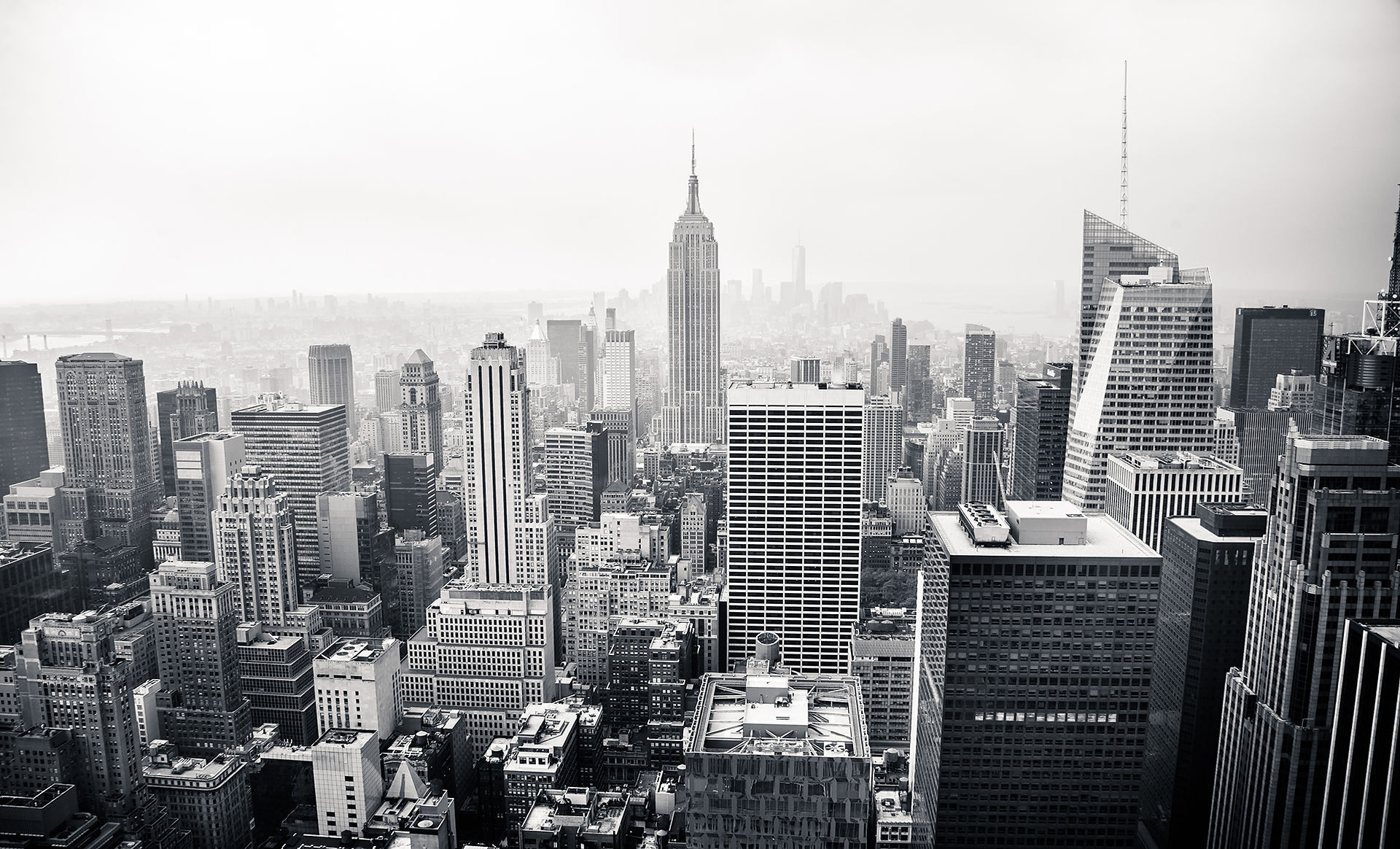

Sources:
"Bee’s Knees." World Wide Words. N.p., n.d. Web. Jan. 2015. <http://www.worldwidewords.org/
qa/qa-bee1.htm>.
Bouchet, Mai. "Flapper Slang: Talk the 1920s Talk." KCTS9. KCTS9, 8 Aug. 2011. Web. Jan. 2015. <http://kcts9.org/prohibition/flapper-slang- talk-1920s-talk>.
Lewin, Jim. "A Flappers' Dictionary." Web log post. Bookflaps. N.p., 10 Apr. 2011. Web. Jan. 2015.
<http://bookflaps.blogspot.com/2011/04/
flappers-dictionary.html>.
"Slang of the 1920's." Brass-Nickel Touring Region. Antique Automobile Club of America, n.d. Web. Jan. 2015. <http://local.aaca.org/bntc/slang/
slang.htm#>.
Spivack, Emily. "The History of the Flapper, Part 1: A Call for Freedom." Smithsonian.
Smithsonian Institution, n.d. Web. Jan. 2015.
<http://www.smithsonianmag.com/arts-
culture/the-history-of-the-flapper-part-1-a-
call-for-freedom-11957978/?no-ist>.
"Valentino's Sheik: An 'Other' Made to Swoon
Over." In Character. NPR. 4 Feb. 2008. NPR.
Web. Jan. 2015. <http://www.npr.org/
templates/transcript/transcript.php?
storyid=18602260>. Transcript.
1920's Slang Notes
Fitzgerald makes little use of contemporary slang or period-specific language in The Great Gatsby and his writing is easily understood by modern readers. Though little of the slang listed in the dictionary on this site actually appear in the book, by exploring this aspect of 1920's American culture, I gained more insight into the time period and attitudes about which The Great Gatsby was written. Fitzgerald must have been concious of certain associations of words as he was writing. After reading up on 20's slang I began to notice connections to specific words and phrases used in the book that gave me a knew level of understanding.
Wealth:
As a period of booming prosperity, it makes sense that much of the 1920's slang would be associated with wealth and luxury. New words for money (dough, green glorious) and words describing luxury (brooksy, swanky/ritzy, orchid) exemplify the superficial obsession with being rich. Regular names for money become innuendo for things like kissing (bank's closed, cash, check). The word orchid does appear in The Great Gatsby. At Gatsby's party, a movie star is described as "a gorgeous, scarcely human orchid of a woman" (Fitzgerald 104). An orchid as a beautiful flower already conjures a fitting image in the modern reader's head, but knowing the language of the time, the use of this word meaning "anything expensive" further underscores the extravagance of Gatsby's lifestyle. Another slang word linked to the text is the word egg, meaning a person who lives the high life. In this context it makes sense that the novel is set in East and West Egg, home to New York's old money and the newly rich.
Alcohol/Partying:
The number of creative, 20's slang words for describing someone as drunk is a testament to the influence of Prohibition and illegal drinking during the time period. Alcohol was consistently present throughout the novel, a reflection of the sickness of society under the layer of prosperity, as well as Fitzgerald's own alcoholism. Despite the party atmosphere, where people got "zozzled" or "spifflicated" living it up after World War I, it's interesting to note that even the slang references the harmful nature of America's drinking habit. "Embalmed" was another word for drunk, and an "embalmer" was a bootlegger. These words associate the illegal sale of alcohol with someone who prepares a dead body, and the consumer with the dead. I don't know how these words came to have these colloquial meanings, but it seems to fit with the ideas presented in The Great Gatsby. A society obssessed with extravagance and luxury could not last forever, just as Gatsby's intoxication with the idea of repeating the past ultimately lead to his death.
Marriage/Love/Sexuality:
Slang references to marriage and romantic relationships reflect the increasing moral freedom of the 1920s. Women were gaining independence; the flapper is the stereotypical image of rebellion against the former gender norms.
The Great Gatsby features a conversation between Myrtle Wilson, Tom Buchanan, and a street-side dog seller on the characters' way into New York. Myrtle inquires about buying a puppy, stating that she wants "one of those police dogs" though the puppy is deemed by the seller to be "more of an Airedale" (Fitzgerald 27). Literally the characters are discussing dog breeds, but in light of the slang definitions of "police dog" (a girl's fiancé) and "Airedale" (an unattractive man), the conversation could be revealing deeper aspects of Myrtle's character and her relationship with Tom. The police dog Myrtle desires could be Tom, who she hopes will somehow leave Daisy and marry her, or could be her general wish for a man to take her away from her detested husband. Tom's statement that "'that's no police dog'" (Fitzgerald 27) and the confession that it is an Airedale reinforce the idea that Tom is not who Myrtle thinks he is. He is not planning to leave Daisy for her, and thus he is not the glamourous, attractive, saving grace she sees him to be.


